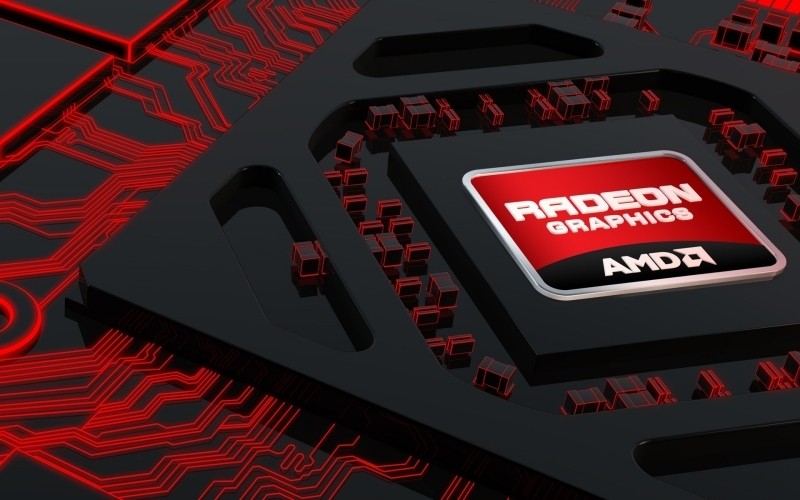Dimensions is really only an issue for those with small cases. Otherwise, you aren't supposed to shove a beast of a card into a small machine. Nvidia only wins in this area because they just released their next gen cards, which are a bit smaller.
That happened with the introduction of Kepler, which brought a lower power utilization envelope which led to the GTX 670 (and later 760) using a foreshortened PCB. Once the blower addition was removed from the card, you had a pretty decent choice of
mITX targeted cards. The
970 is more or less an extension of lower power paradigm. Losing out on efficiency, makes AMD's architecture ill suited for such dimensions - at least at that performance level of graphics.
Otherwise Nvidia is just as guilty of large cards as AMD.
More or less. (Playing the pedant here) For reference cards, Nvidia has kept to 10.5" (267mm) for years (since 2006) as were ATI/AMD's. AMD's have been creeping up in size for the last few generations. From 10.6" (270mm) for the 6950/6970, the HD 7970/280X/290/290X have all been 10.83" (275mm).
As for AIB's, they are only bound by the ATX specification -maximum length of 12.283" (312mm).
Driver wise, AMD beats Nvidia. Nvidia drivers are bare-bones and come with only a fraction of what's available in AMD drivers. Nvidia's drivers are only as good as AMD's in gaming. Otherwise they are pitifully behind.
I'd tend to argue that most of the CCC options aren't all that useful -at least I've never found them so (tended to use the basic driver* + RadeonPro / ATI Tray Tools). They give the appearance of full features but don't really deliver that much. Overclocking? What's the CCC OC limit these days? Display tweaking? Most people I know that do so -including myself, set up our own ICC profiles using dedicated software. If you want to switch profiles without delving into the OS, just use a utility like Color Sustainer.
I have to contend your last point as well. AMD is the known for value. Just because Nvidia has a bit of a jump on releasing next gen cards doesn't suddenly erase Nvidia's price gouging past.
Seems a bit reductive don't you think. Most people buy/compare based on current pricing. Using your logic, we should avoid Samsung and LG monitors because of their price fixing past, and Nvidia and AMD graphics because of their price fixing past. Price fixing is worse than charging a higher price than their competitor, right?...and that's without even touching upon antitrust and IP theft. At least the consumer has a choice over an individual vendors pricing...not quite as much when the fix is in.
You can expect that anything released by Nvidia is either going to require one of their video cards or a boatload of cash.
Most everything, but not everything. As an example, Nvidia developed the MXM (mobile PCI-Express module) and handed the spec and development over to
an independent authority. While it is a bummer that Nvidia do tend to charge more for product, it also seems to translate directly into R&D and features that are first to market (G-Sync, adaptive V-sync, GeForce Experience, ShadowPlay etc.). Whether or not the features offset the price you pay is rather dependent upon what individual user values them at - which tends to directly translate into market share.
* The one thing that would have made me install CCC was provision for game profiles, but that was pitifully late in arriving to Catalyst (
intro'd for Forceware in 2004 - albeit fairly buggy at first)
